Filter by
You must be a CVU Member to view this resource.
TAIPEI 101
Building
Completed
2004
Office
Composite
LEED Platinum O+M: Existing Buildings
508 m / 1,667 ft
101
5
1839
61
16.83 m/s
198,347 m² / 2,134,989 ft²
You must be a CVU Member to view this resource.
You must be a CVU Member to view this resource.
Proposed
Construction Start
Completed
Retrofit Start
Retrofit End
Usually involved in the front end design, with a "typical" condition being that of a leadership role through either Schematic Design or Design Development, and then a monitoring role through the CD and CA phases.
The Design Engineer is usually involved in the front end design, typically taking the leadership role in the Schematic Design and Design Development, and then a monitoring role through the CD and CA phases.
The CTBUH lists a project manager when a specific firm has been commissioned to oversee this aspect of a tall building’s design/construction. When the project management efforts are handled by the developer, main contract, or architect, this field will be omitted.
The main contractor is the supervisory contractor of all construction work on a project, management of sub-contractors and vendors, etc. May be referred to as "Construction Manager," however, for consistency CTBUH uses the term "Main Contractor" exclusively.
Other Consultant refers to other organizations which provided significant consultation services for a building project (e.g. wind consultants, environmental consultants, fire and life safety consultants, etc).
These are firms that consult on the design of a building's façade. May often be referred to as "Cladding," "Envelope," "Exterior Wall," or "Curtain Wall" Consultant, however, for consistency CTBUH uses the term "Façade Consultant" exclusively.
Material Supplier refers to organizations which supplied significant systems/materials for a building project (e.g. elevator suppliers, facade suppliers, etc).
You must be a CVU Member to view this resource.
Usually involved in the front end design, with a "typical" condition being that of a leadership role through either Schematic Design or Design Development, and then a monitoring role through the CD and CA phases.
The Design Engineer is usually involved in the front end design, typically taking the leadership role in the Schematic Design and Design Development, and then a monitoring role through the CD and CA phases.
The Design Engineer is usually involved in the front end design, typically taking the leadership role in the Schematic Design and Design Development, and then a monitoring role through the CD and CA phases.
The Peer Review Engineer traditionally comments on the information produced by another party, and to render second opinions, but not to initiate what the design looks like from the start.
The CTBUH lists a project manager when a specific firm has been commissioned to oversee this aspect of a tall building’s design/construction. When the project management efforts are handled by the developer, main contract, or architect, this field will be omitted.
The main contractor is the supervisory contractor of all construction work on a project, management of sub-contractors and vendors, etc. May be referred to as "Construction Manager," however, for consistency CTBUH uses the term "Main Contractor" exclusively.
Other Consultant refers to other organizations which provided significant consultation services for a building project (e.g. wind consultants, environmental consultants, fire and life safety consultants, etc).
These are firms that consult on the design of a building's façade. May often be referred to as "Cladding," "Envelope," "Exterior Wall," or "Curtain Wall" Consultant, however, for consistency CTBUH uses the term "Façade Consultant" exclusively.
Material Supplier refers to organizations which supplied significant systems/materials for a building project (e.g. elevator suppliers, facade suppliers, etc).
2016 CVU Awards

03 November 2016 | Taipei
Perhaps what is most notable about the TAIPEI 101 performance upgrade is not its complexity, but rather that the tower was already relatively efficient. All...
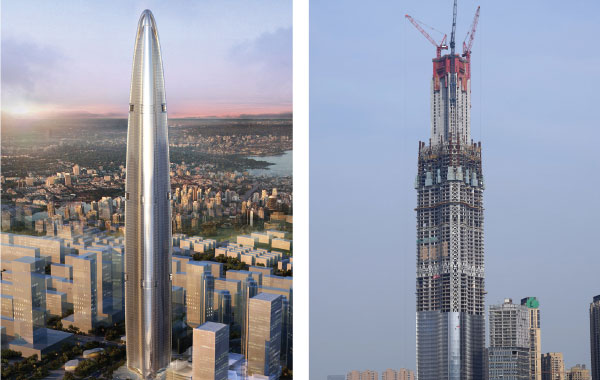
20 March 2020
CTBUH Research
This research paper undertakes a review of the 2012 report by the Council on Tall Buildings and Urban Habitat, “Tallest 20 in 2020: Entering the...
Standing in the Xinyi District of Taipei, an area known for its financial services and vibrant shopping malls, TAIPEI 101 represents a worldwide precedent for sustainable skyscraper development. It achieved a LEED Platinum certification for Operations and Maintenance in 2011, an impressive feat for a tower of its size and complexity.
The tower rises from its base in a series of eight-story modules that flare outward, evoking the form of a Chinese pagoda. The top of each module houses mechanical floors that accommodate garbage systems, ventilation equipment, water storage, and MEP services. Near the top, a smaller tower caps the structure, forming a pinnacle that has become a familiar sight for the city. The façade of the tower features double-paned green glass curtain walls that are highly reflective and block solar heat gain by 50 percent. Other sustainable features include energy efficient luminaries, custom lighting controls, low-flow water fixtures, and a smart Energy Management and Control System.
TAIPEI 101 contains a 728-ton tuned mass damper (TMD), a large spherical steel pendulum that offsets lateral movements caused by strong winds. The TMD is located in a large multi-story cavity near the top of the tower. This location is ideal for countering overturning forces, a necessary precaution in a typhoon-prone part of the world.
Nearly every aspect of the building’s design is steeped in symbolism. The number “100” symbolizes perfection and “100 plus 1” represents further breakthrough and innovation, and the new beginning. After completion, the building has become a central component of New Year’s celebrations in Taiwan. Every year, all of the tower’s lights are turned off and each of the stacked modules light up in sequential order, counting down the last eight seconds before the New Year, which is followed by a dazzling fireworks display.
2016 CVU Awards

03 November 2016 | Taipei
Perhaps what is most notable about the TAIPEI 101 performance upgrade is not its complexity, but rather that the tower was already relatively efficient. All...

03 November 2016 | Taipei
Joseph Chou and Freda Tsai, Taipei Financial Center Corporation, are interviewed by Chris Bentley regarding TAIPEI 101 in Taipei, Taiwan, the recipient of the 2016...

19 October 2016 | Taipei
One of the keys to attracting buyers and tenants for a contemporary tall building is a succinct marketing strategy and a robust understanding of how...

17 October 2016 | Taipei
Monday October 17, 2016. Shenzhen, China. Joseph Chu, Taipei Financial Center Corporation, presents at the 2016 China Conference Session 3c: Building Operation. The sheer size...
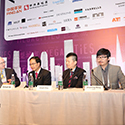
17 October 2016 | Taipei
Monday, October 17, 2016. Shenzhen, China. Tim Neal, Arcadis; Samuel So, JLL; Joseph Chou, Taipei Financial Center Corporation; Zhao Ming Wang, CCDI answer questions at...

17 October 2016 | Taipei
Freda Tsai of Taipei Financial Center Corporation is interviewed by Chris Bentley during the 2016 CTBUH China Conference. Freda discusses the retrofit and management strategy...
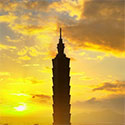
17 October 2016 | Taipei
Monday October 17, 2016. Shenzhen, China. Dennis Poon of Thornton Tomasetti, presents at the 2016 China Conference Session 4c: Structural & Geotechnic Engineering. As the...

06 November 2014 | Taipei
Peter Irwin, one of the founding partners of Rowan Williams Davies and Irwin Inc. (RWDI), has led wind engineering on many of the world’s tallest...
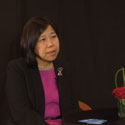
16 September 2014 | Taipei
Cathy Yang of TAIPEI 101 interviewed by Chris Bentley during the 2014 CTBUH Shanghai Conference at the Jin Mao Tower. Cathy discusses the future of...
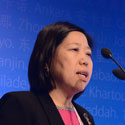
16 September 2014 | Taipei
To take TAIPEI 101 TOWER as an example that will showcase the various aspects of managing a tall building, satisfying tenant requirements, stakeholders expectations, and...

20 March 2020
CTBUH Research
This research paper undertakes a review of the 2012 report by the Council on Tall Buildings and Urban Habitat, “Tallest 20 in 2020: Entering the...

28 October 2019
Richard Lee, C.Y. Lee & Partners Architects/ Planners
While Western aesthetics dominate the world at this time, the rise of the East has led China to reexamine its Eurocentric view towards aesthetics. China...
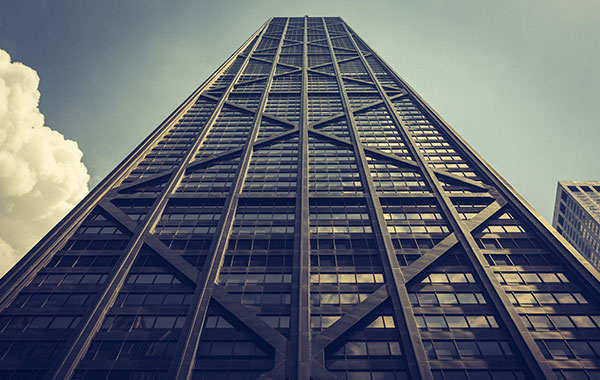
11 October 2019
CTBUH Research
The default image of the skyscraper for the past 50 years in the public imagination has likely been the extruded, rectilinear corporate “box,” derived from...
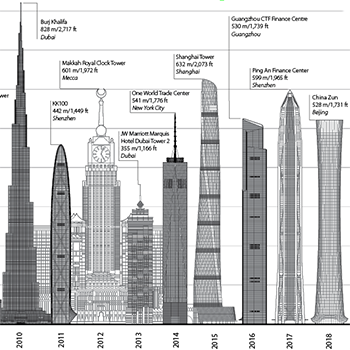
31 January 2019
CTBUH Research
In 2018, 143 buildings of 200 meters’ height or greater were completed. This is a slight decrease from 2017’s record-breaking total of 147, and it...
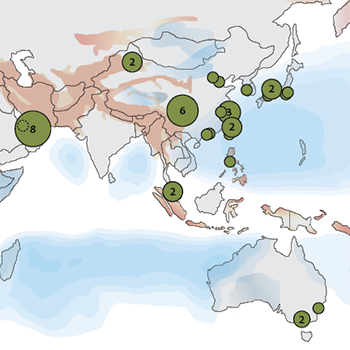
30 July 2018
CTBUH Research
As tall buildings continue to be built in seismically-active and cyclone-prone areas, the need to augment the structures of these buildings with dynamic modification devices...
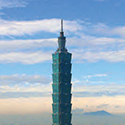
17 October 2016
Freda Tsai & Joseph Chou, Taipei Financial Center Corporation
The sheer size and complexity of a building like TAIPEI 101, along with the international nature of the project and newness of LEED v4, can...

16 September 2014
Cathy Yang, Taipei Financial Center Corporation
To take TAIPEI 101 TOWER as an example that will showcase the various aspects of managing a tall building, satisfying tenant requirements, stakeholders expectations, and...

14 September 2014
Daniel Safarik, CTBUH
The survival of humanity on this planet relies on a radical repositioning of our cities. In the face of unprecedented global population growth, urbanization, pollution...
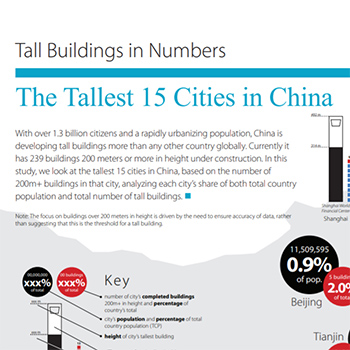
23 September 2012
CTBUH Research
With over 1.3 billion citizens and a rapidly urbanizing population, China is developing tall buildings more than any other country globally. Currently it has 239...

18 January 2012
Nathaniel Hollister & Antony Wood, CTBUH
Within this decade we will likely witness not only the world’s first kilometer-tall building, but also the completion of a significant number of buildings over...
Discover how vertical living is shaping the next generation of urban environments. Explore insights, research, and global leadership in vertical urban development